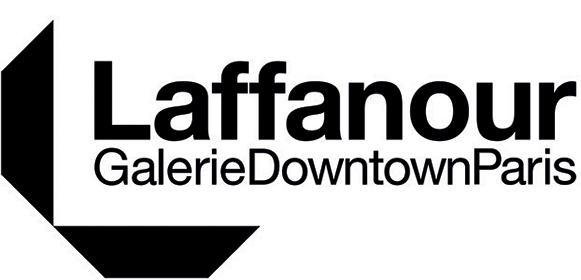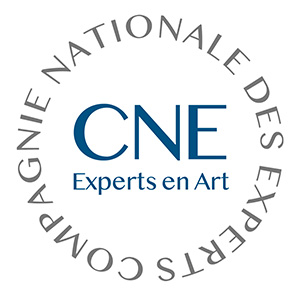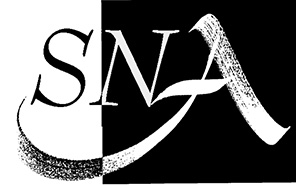What a pleasure to think about holidays!
The summer holidays really appear in the middle of the Second Empire (1852-1870). It was at this time that great patrons, often with great local fortunes, thought about developing tourism on the shores of the Mediterranean, in particular by building « holiday homes ». From Sète to Menton, very beautiful houses are starting to appear …




The Roaring Twenties brought about a great change, a new breath that spreads over the villages of the Côte d´Azur; we can therefore see an « internationalization » of these places that have become legendary, for a jet set ranging from the Maharajah of Indore to the Noailles…


In 1923, the Noailles ordered a house from the great Parisian architect Robert Mallet-Stevens, on the heights of Hyères… Furnished by the architect himself, as well as by Pierre Chareau, this modernist palace with cubic shapes allows them to invite greatest artists and famous personalities during sumptuous parties organized on site. The surrealist Man Ray will shoot a film there in 1929: Le Mystère du Château de Dé!



At the same time, Eileen Gray, who was looking for a cocoon to meet up with the architect Jean Badovici, designed and built her own house on the waterfront: Villa E-1027. Geometrically shaped, this very minimal and stripped-down architecture faces the sea! For the interior design, Eileen Gray designed furniture in metal tubes which contrasted with the furniture in her Parisian store, « Jean Désert ».


With the big change concerning paid holidays, and the famous law of 1936, the world is democratized, and this allows all layers of the population to have access to real and long summer vacations, sometimes for the first time. It’s at the post-war period and the 1950s that we witness the development of more democratized vacations.

The holidays of the 1950s are the joy of living, the carefree life, the happiness of family moments, as so well expressed in « The Holidays of Monsieur Hulot » by Jacques Tati.

But the holidays of the 1950s are also – and let’s not forget that! – the yéyé years with the first “star-systems” in France, inherited from Pin-ups in the USA… Characters like the young smiling singer Claude-François or the beautiful Brigitte Bardot, very undressed, become real references for music , in the cinema, and in fashion … All these atmospheres of summer evenings, close to Italian holidays but nevertheless very French, create an unforgettable new universe!


It is also in this context of joy, flamboyant colors and economic development – Trente glorieuses – that a radical new architecture appears on the Côte d’Azur, in Toulon, Cannes, Nice, in high places of French tourism! It was these houses that would also influence the creators of comic book heroes of the time.


At the same time, Jean Prouvé decided to transpose his principle of prefabricated house in Lorraine, by the sea. After the experience of a Tropical House – for hot countries – in Niamey, in 1949, he thought of a model of vacation home on the French Riviera. Based on the model of the “Métropole” houses of Meudon, he designed two new houses with different compartments, around 1951-1952; one for the great architect Raymond Lopez, in Beauvallon, the second for a family of industrialists and friends from Lorraine: the Dollander.


Designed on the principle of an axial portico that crosses right through the living room and goes to the terrace, Jean Prouvé especially creates a very open space, adapted to the Mediterranean climate, which the family enjoys.

The facade panels attached to the front of the house, like a curtain, form the curtain wall facade, which Jean Prouvé has been developing since 1935 from the Maison du Peuple in Clichy. The house is light, open and it presents a new form of clean architecture with a large outdoor patio that surrounds the house! We are close to the architectural style of some American houses, to which is added the fact that there is no second floor, a significant detail.

Jean Prouvé also designs a certain number of furniture and characteristic elements that will be found throughout the house and which punctuate the daily space, including a very beautiful shelving system, a unique piece …



… But the 1950s are not eternal. And now, on the horizon, a new era is looming: the 1960s and 1970s with a new generation of young musicians, filmmakers, writers, artists who are transforming the French cultural scene and the world around it. The Cannes Film Festival was canceled in May 1968 because it was also a period of unrest, revolts and great protests in France!



But holiday house architecture continues to develop as new architects look and create the world differently. 30 years after the first paid holidays, 20 years after the Second World War, seaside architectures will gradually change, in order to be able to respond more precisely to mass demand!

Complexes of all shapes and sizes are appearing – such as the Baie des Anges marina, built in 1969, near Antibes – which brings together a large number of accommodations, or the houses of André Lefèvre in Cap Bénat.

Utopian architects are also present!
Let’s not forget the Habitacles houses by André Bloc, which again present a whole new vision of architecture. The first Habitacle was built in 1964… in Spain!

But very quickly, constructions like the essential bubble house by Pierre Cardin, built in 1975 by Antti Lovag, brought the possibility of perceiving the living space differently.


Have a great summer!



